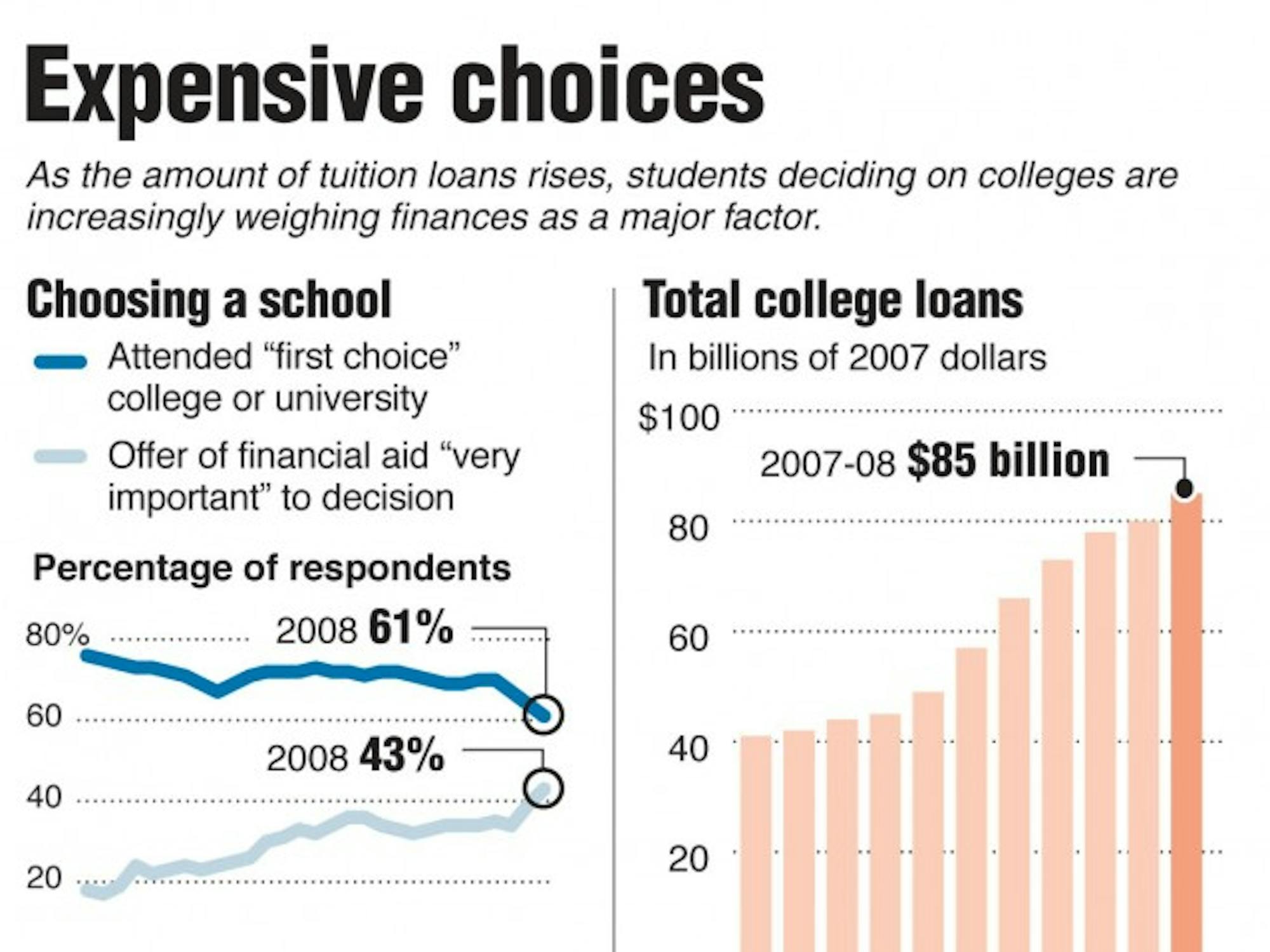College loans can be pesky, mysterious, ruthless and vengeful, but what if you have not kept up with them until recently or even at all? College loans are one of the main reasons students can attend college, but once you finish, depending on how you handled your debt, you might be working for your bank as opposed to working for yourself.
The first rule of managing college loans is to get involved and informed as soon as possible. Do not wait! Waiting will only cause problems later, because when it comes to money, ignorance is as far from bliss as you can get. Ignoring the problem will only cause it to grow exponentially.
The second rule is to stay aware. How much money do you owe banks right now? When is the last time you were sure? Dealing with issues later might seem fine right now but later you might find out there were plenty of things you could have done better, right around the corner. Staying aware of how much you owe is one of the crucial steps in having a plan to get out of debt.
A fully-formed loan payment plan consists of many different factors. When making this plan consider how much money you expect to make at an entry-level position. Consider the position of the industry you are in and where you will be in five years because more than likely you will be paying your loans off a long amount of time.
Knowing what loans you have is also important.
“They (subsidized and unsubsidized loans) are in effect two basic forms of the same loan program. It’s all called the Stafford Direct Loan Program,” said Robert Zellers, associate director of the financial aid office at Eastern Michigan University. “If the student demonstrates a need they get a subsidized Stafford Loan (after filling out a FAFSA) and it means the government is paying the interest on that loan while the student is in school. An unsubsidized loan is what its name would indicate… which means the government is not paying the interest on that loan.”
“A student needs to carefully consider that amount (money borrowed from loans) and see if there are other ways that they can pay their cost of education, the idea being to borrow the least you can as opposed to having a mindset ‘Well gee, I can borrow this much so I’m going to borrow this (much) money.’”
After college, students can track their loan amounts on their student aid report. The report contains a loan history section. Checking this report is one way you can obtain an accurate account of how much you have to pay back and when.
“If you default a loan it means you have not repaid an obligation that you have to the government,” Zellers said. “They are then going to institute every collection means they can to collect that money because you do owe it back. It can mean even garnishing wages, it could mean holding federal income tax returns.”
In short, the main tips to take from loan management are: get involved now, plan for the future, borrow as little as possible and know what you owe!










